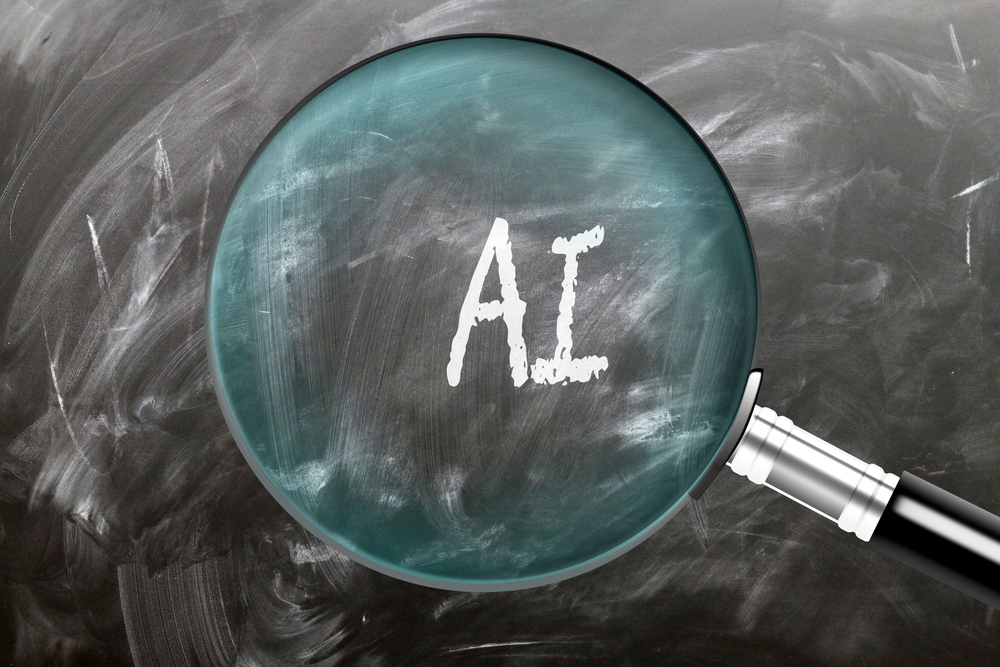August 13, 2025
5 min read
Joe McKendrick
Next Role for AI Agents: Recommending and Acting on Real-Time Choices
Artificial intelligence is increasingly making autonomous decisions for businesses in market actions, customer relations, and supplier relations. However, AI alone can never make the final decisions. It’s time to consider the next step: AI agents not just presenting alternatives or likely outcomes, but helping to actually make intelligent choices based on human and machine collaboration. “In a world of hyper complexity, exponential advances in AI capabilities, and compounding uncertainty, strategic value no longer comes from human decision-making alone. It arises from underlying decision environments,” concludes a recent study published by MIT Sloan Management Review and underwritten by Tata Consultancy Services. The study’s authors call this supportive framework “intelligent choice architectures.” This is where the true value of AI emerges. Without such an architecture, AI is not scalable, relegated to siloed applications and proofs of concept. But how does one design, build, and deploy such an architecture? The authors define intelligent choice architectures as “dynamic systems that combine generative and predictive AI capabilities to create and refine choices and present them to human decision makers.” In addition, such systems are capable of actively generating novel possibilities, learning from outcomes, and seeking information. In other words, AI systems, or AI agents, can gather all available data and present choices to their human co-workers. These AI systems aren’t just serving up information; they actively collaborate with humans to arrive at the best solutions to problems. Such systems provide decision makers with insights into potential outcomes for each option in real time, helping them “weigh trade-offs and risks more effectively.” For example, a retail manager assessing inventory decisions might see not only immediate costs but also projected downstream impacts on sales, supply chain dependencies, and seasonal trends. This predictive foresight helps decision makers align their choices with longer-term strategic goals rather than just short-term gains. The MIT Sloan report describes intelligent choice architectures as “a decisive break from conventional uses of AI to support decision frameworks.” “Combining generative and predictive AI transforms artificial intelligence from a decision aid to a collaborative choice architect that better empowers human decision-making.”Examples of Intelligent Choice Architectures in Action
The study’s authors cite several prominent examples:- Walmart’s HR team uses an intelligent choice architecture to identify talent in local stores and expand options for developing its internal management team.
- Liberty Mutual integrates intelligent choice architectures into claims processing, enabling adjusters to explore scenario-based alternatives informed by historical outcomes and strategic negotiation models.
- Cummins uses generative AI to simulate thousands of edge-case scenarios in powertrain design, demonstrating how intelligent choice architectures can expand the design space, improve resilience, and reduce time to market. See also: Taming AI Agent Sprawl in Industrial Organizations
- AI Agents: The Next Frontier in Business Decision-Making
- Understanding Intelligent Choice Architectures in Finance
- The Future of Trading: AI and Human Collaboration
Infrastructure for AI Agents
While promising, implementing intelligent choice architectures requires significant investments in resources and budget, the MIT Sloan co-authors caution. “These systems are not trivial to implement, given that they require sustained investment in data infrastructure, cross-functional talent, change management, and organizational design. Most legacy companies still struggle with fragmented data environments and siloed decision processes — foundational gaps that must be addressed before ICA adoption at scale is viable.” Additionally, these systems need deep training on human logic and intents. Still, such systems represent a “transition from systems that learn from decisions to systems that learn to improve the decision environment itself.” One executive interviewed for the study indicated that his company “stopped separating IT, OT, and AI. It’s all decision infrastructure now.”Originally published at RTInsights on August 12, 2025.

